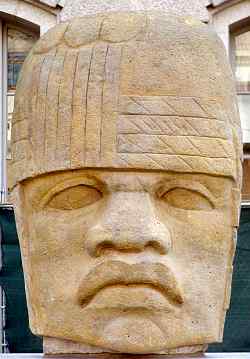Inca Civilization
Stretching 2,500 miles in magnificent, sunny, present-day Peru, the Inca Empire had a short life of only about a hundred years. When the Spanish conquered the Inca in 1532, they were a small ethnic group based in Cuzco, ruling more than 12 million from 100 different cultures and speaking at least 20 languages.
The head of all Inca rule was the Sapa Inca. The Sapa Inca was considered a descendant of the god Inti (god of the sun), and therefore was regarded as a semidivine being. He had power of everything. Sapa Inca would always marry one of his sisters to keep the royal bloodline. She was then referred to as the pricipal wife,or, more commonly, The Queen. Sapa Incas had many other wives as well, and even sometimes hundreds of children; but only the sons of the principal wife were eligible to inherit the throne.In order for a son to earn the position, they had to show their worthiness to their father.
The most striking contribution of Incan's to society today is in architecture. The number and size of Incan architecture, even in ruins, is overwhelming. Sites such as Macchu Picchu, perched in a saddle 10,000 ft high between two Andean peaks, gives us an idea of what Incan urban planning must have been like. They would carve everything out of rock and stone. Their fortress Sacsahuaman that guarded Cuzco, that included fighting towers, underground passages, habitations and an intricate system of water distribution, took 30,000 workmen over 70 years to complete.





